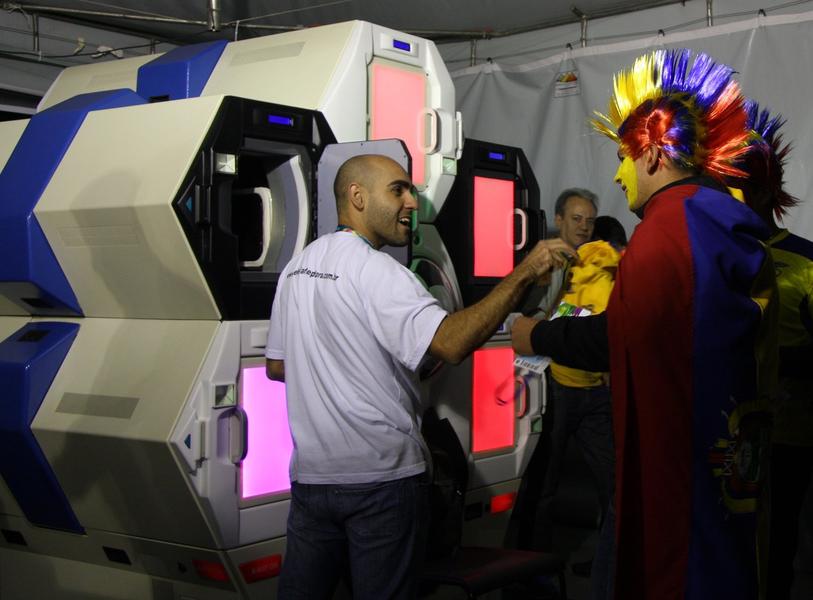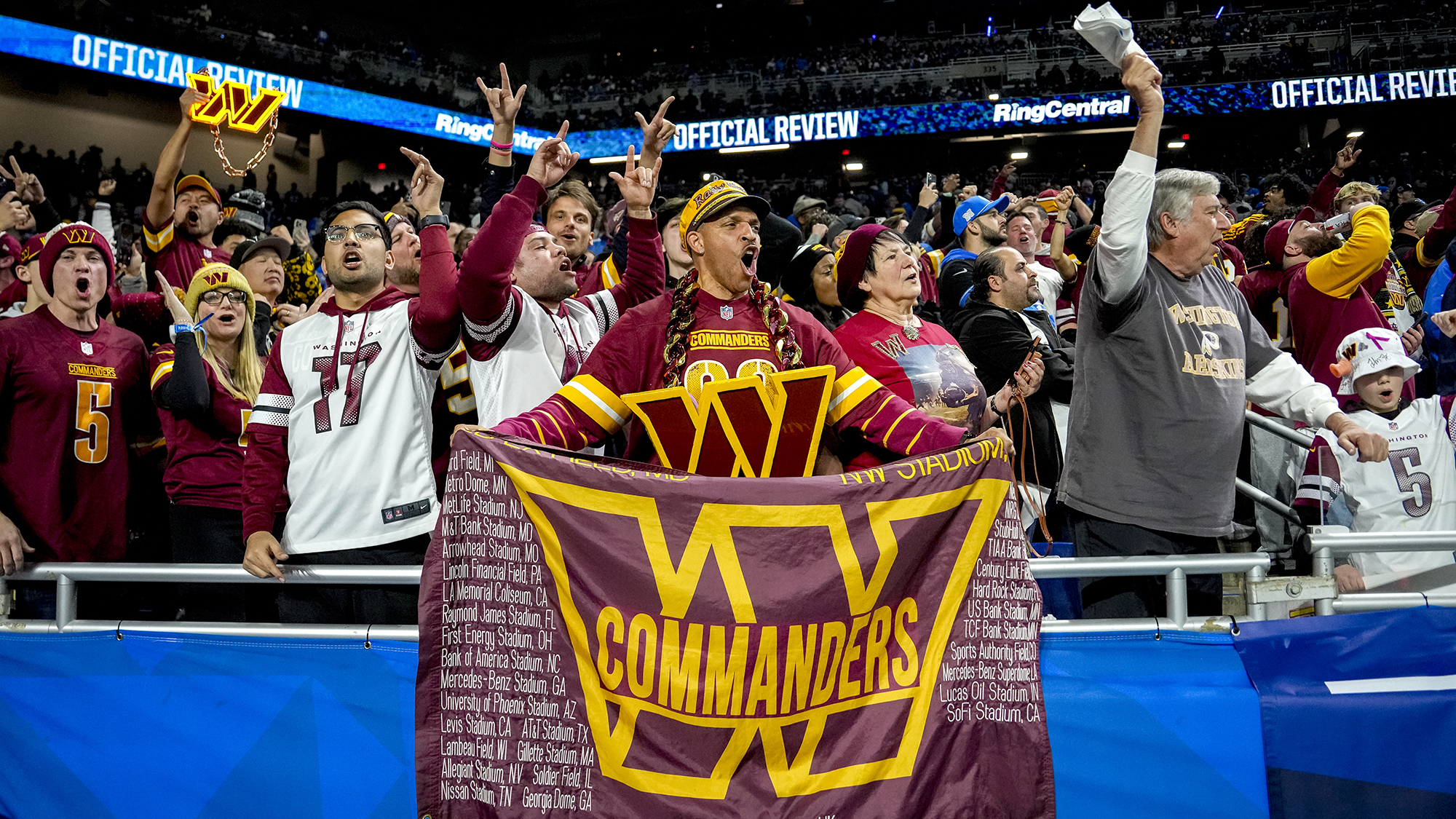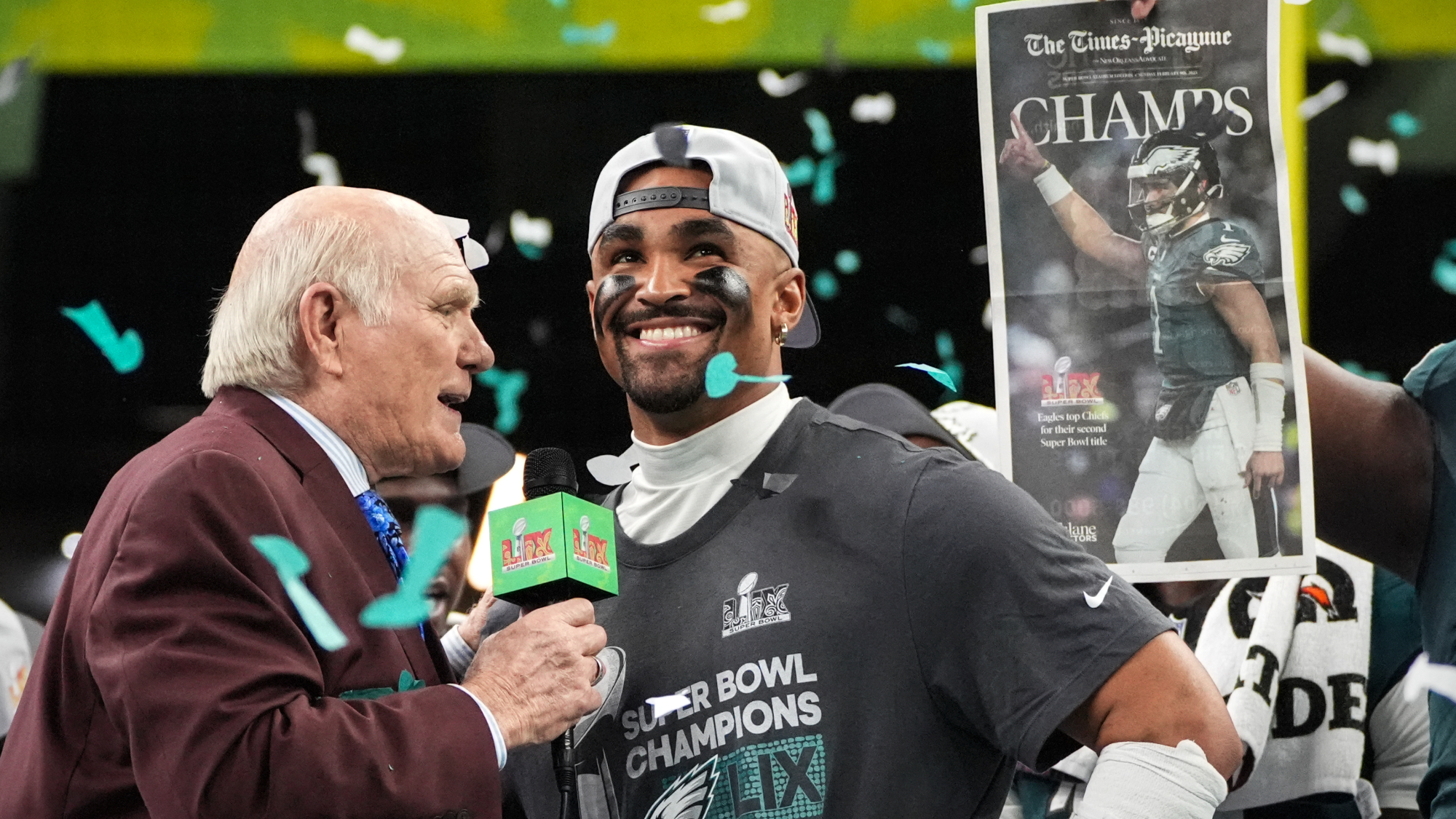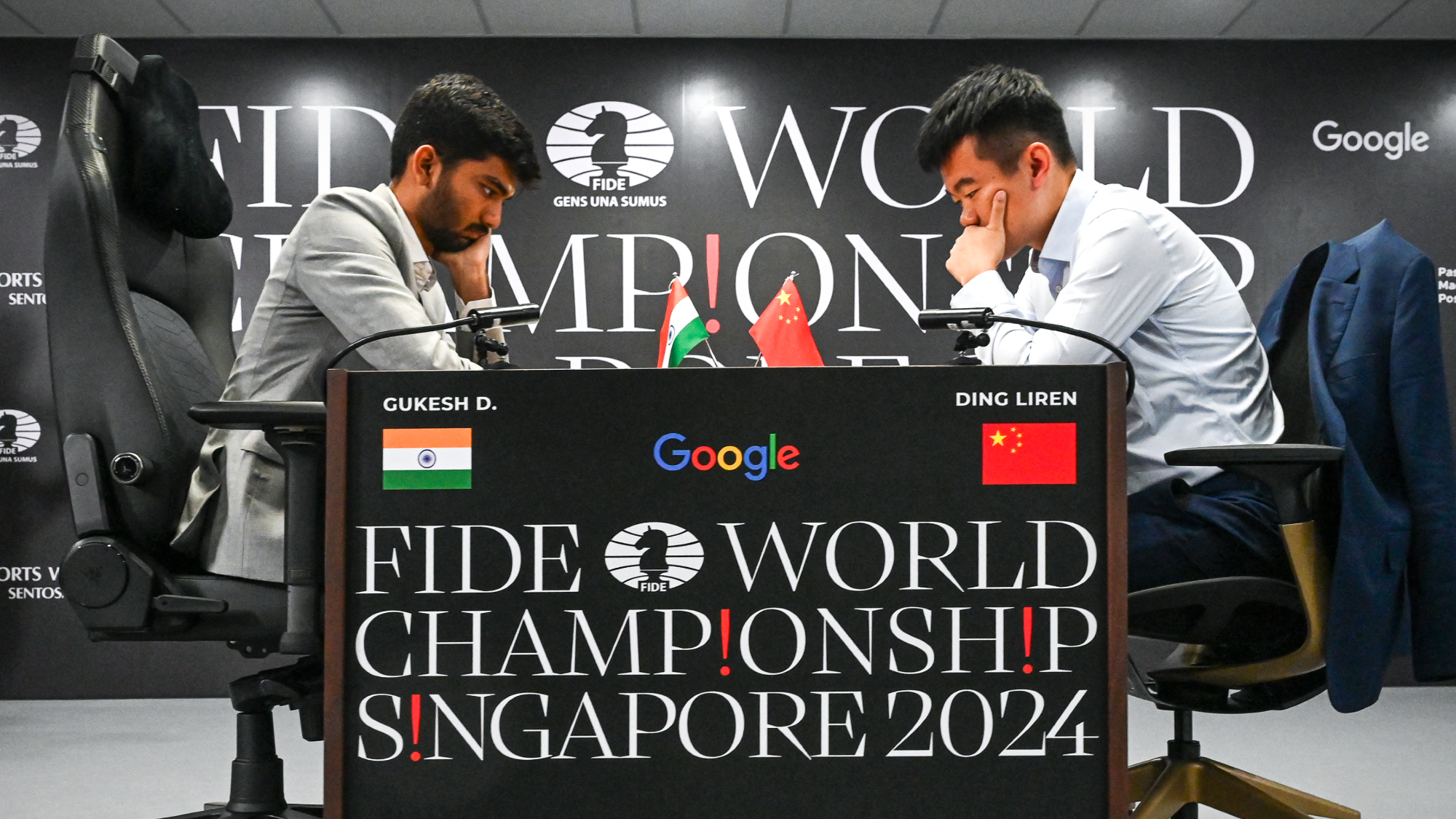Meet the futuristic, World Cup–tested machine that could help speed you through airport security


Anyone who has gone through airport security in the past few decades has surely thought, "There must be a better way." Qylur Security Systems in Silicon Valley has taken that idea and run with it, devising a new, ostensibly better way to scan carry-on luggage for designated threatening objects. But before they can market their new Qylatron Entry Experience Solution, Qylur has to prove that it works in the real world.
"So it went to Brazil, where it was hired by an event operations company running some World Cup games," says Wired's Alex Davies. "Qylur was given responsibility for one entrance to Arena de Baixada stadium, for four games." It apparently worked both at spotting the motley list of objects banned by FIFA at World Cup games and at amusing the people passing through security. Here's how the five-cell, automated scanning machine works, according to Qylur:
The promise of the Qylatron is that you won't have to take laptops or anything else out of your carry-on bag, and a machine will search through your stuff for guns and bombs, not a person. People will still have to walk through a scanner. Four successful World Cup tests almost certainly aren't enough to get the TSA to upend its current airport security system, but give it time: We need something better; this could be part of it.
The Week
Escape your echo chamber. Get the facts behind the news, plus analysis from multiple perspectives.

Sign up for The Week's Free Newsletters
From our morning news briefing to a weekly Good News Newsletter, get the best of The Week delivered directly to your inbox.
From our morning news briefing to a weekly Good News Newsletter, get the best of The Week delivered directly to your inbox.
A free daily email with the biggest news stories of the day – and the best features from TheWeek.com
Peter has worked as a news and culture writer and editor at The Week since the site's launch in 2008. He covers politics, world affairs, religion and cultural currents. His journalism career began as a copy editor at a financial newswire and has included editorial positions at The New York Times Magazine, Facts on File, and Oregon State University.
-
 Political cartoons for October 25
Political cartoons for October 25Cartoons Saturday’s political cartoons include hospital bill trauma, Independence Day, and more
-
 Roasted squash and apple soup recipe
Roasted squash and apple soup recipeThe Week Recommends Autumnal soup is full of warming and hearty flavours
-
 Ukraine: Donald Trump pivots again
Ukraine: Donald Trump pivots againIn the Spotlight US president apparently warned Volodymyr Zelenskyy to accept Vladimir Putin’s terms or face destruction during fractious face-to-face
-
 FBI nabs dozens in alleged NBA gambling ring
FBI nabs dozens in alleged NBA gambling ringSpeed Read Portland Trail Blazers head coach Chauncey Billups and Miami Heat guard Terry Rozier are among 34 people indicted in connection with federal gambling investigations
-
 Trump orders NFL team to change name, or else
Trump orders NFL team to change name, or elseSpeed Read The president wants the Washington Commanders to change its name back to the 'Redskins'
-
 Thunder beat Pacers to clinch NBA Finals
Thunder beat Pacers to clinch NBA FinalsSpeed Read Oklahoma City Thunder beat the Indiana Pacers in Game 7 of the NBA Finals
-
 MLB lifts ban on Pete Rose, other dead players
MLB lifts ban on Pete Rose, other dead playersspeed read 16 deceased players banned for gambling and other scandals can now be inducted into the Baseball Hall of Fame
-
 Canada beats US in charged 4 Nations hockey final
Canada beats US in charged 4 Nations hockey finalSpeed Read 'You can't take our country — and you can't take our game,' Prime Minister Justin Trudeau posted after the game
-
 Eagles trounce Chiefs in Super Bowl LIX
Eagles trounce Chiefs in Super Bowl LIXspeed read The Philadelphia Eagles beat the Kansas City Chiefs 40-22
-
 Indian teen is youngest world chess champion
Indian teen is youngest world chess championSpeed Read Gukesh Dommaraju, 18, unseated China's Ding Liren
-
 Europe roiled by attacks on Israeli soccer fans
Europe roiled by attacks on Israeli soccer fansSpeed Read Israeli fans supporting the Maccabi Tel Aviv team clashed with pro-Palestinian protesters in 'antisemitic attacks,' Dutch authorities said
